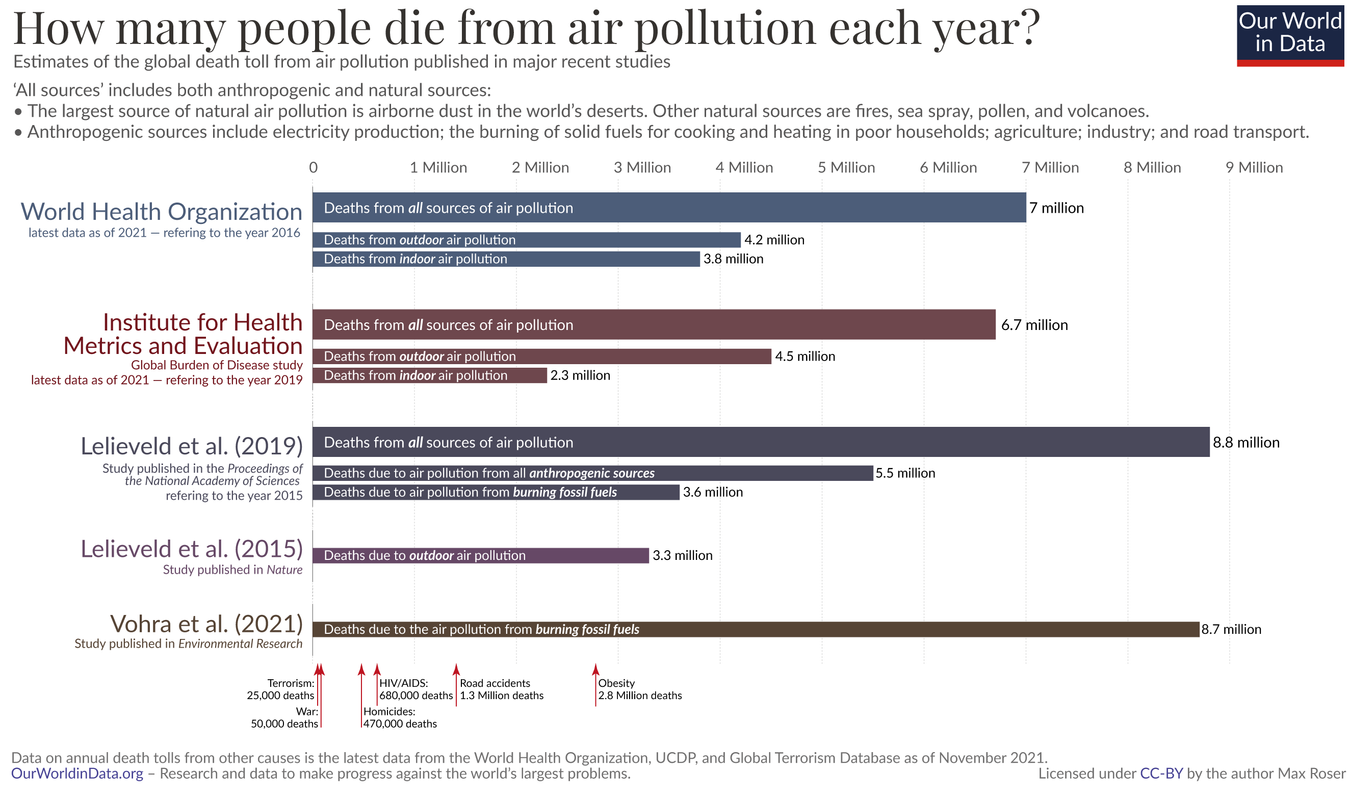What is Ambient Air Pollution?
Ambient air pollution refers to the presence of harmful substances in the outdoor air. These pollutants can come from various sources, both natural and human-made. The World Health Organization (WHO) estimates that ambient air pollution contributes to millions of premature deaths each year, emphasizing the urgent need to address this issue.
Sources of Ambient Air Pollution
Natural Sources
Natural sources of air pollution include wildfires, volcanic eruptions, and dust storms. While these sources are less controllable, they still significantly impact ambient air quality. For instance, the 2019-2020 Australian bushfire season released an estimated 400 million tonnes of CO₂ into the atmosphere.
Industrial Practices
Industrial activities, including emissions from ports, refineries, and factories, release various pollutants into the atmosphere. These activities contribute significantly to air pollution, affecting both the environment and public health. Factories and plants emit a range of pollutants, including sulfur dioxide (SO₂), nitrogen oxides (NOₓ), particulate matter (PM), and volatile organic compounds (VOCs). These pollutants not only degrade air quality but also have adverse effects on human health and the environment. Ammonia (NH₃) from industrial processes and waste is a significant contributor to ambient air pollution, particularly in urban areas, where the concentration of such pollutants tends to be higher. This underscores the need for stricter regulations and innovative solutions to mitigate the impact of industrial emissions on our air quality.
Mining
Mining operations, while essential for resource extraction, can contribute significantly to ambient air pollution. Dust and particulates released during these activities can affect air quality and pose health risks to nearby communities. The use of heavy machinery and vehicles in mining also emits exhaust fumes, further exacerbating pollution levels. Additionally, the disruption of land surfaces during mining can lead to increased erosion and sedimentation, further impacting the environment. Measures to mitigate these effects are crucial for the health and safety of both the environment and the populations living in proximity to mining sites.
Mitigating Ambient Air Pollution from Industrial Activities
Addressing ambient air pollution requires a multi-faceted approach that includes regulatory measures, technological advancements, and community engagement. One effective solution is the use of proactive air quality management systems, such as Omnis.
Omnis provides state-of-the-art air quality monitoring solutions that help identify and mitigate sources of ambient air pollution. By offering real-time data and analytics, Omnis empowers businesses and communities to take proactive measures to improve air quality.
Need to diagnose the source of problematic emissions at your site? Choose Omnis.
Watch a short video to see how Omnis helps you act on unfolding emissions with situational awareness.
Book a demo of Omnis today, Contact our sales team

